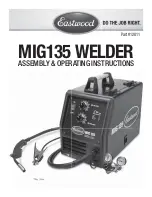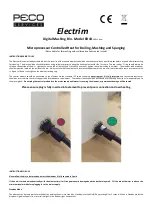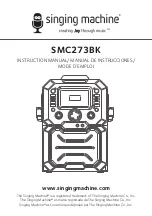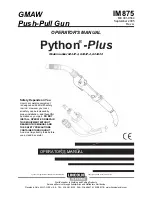
902
Thermo 230 / 231 / 300 / 301 / 350
9 Repair
9.1.1 Work on Components after Disassembly
ATTENTION:
All gaskets located between disassembled com-
ponents must always be replaced and discarded.
9.1.1.1 Visual Inspection, General
•
Examine all components for damages (cracks,
deformation, wear, etc.) and replace as necessary.
•
Examine connectors and wiring for corrosion, loose
contacts, wrong crimping, etc. and repair as
necessary.
•
Check terminals for corrosion and contacts for
security. Repair as required.
9.1.1.2 Combustion Chamber, Visual Inspection
–
Check swirl ring for security.
–
Inspect combustion chamber for oxidizing and coke
deposits and remove as required.
–
Check welding seem for cracks.
NOTE:
Longitudinal cracks up to 80 mm are allowed.
9.1.1.3 Heat Exchanger, Visual Inspection
–
Inspect exhaust ducting in heat exchanger for sooting,
deposits, damage and corrosion.
NOTE:
Deposits are to be removed with water jet and brush.
–
Inspect heat exchanger for exterior damage, defor-
mation, etc.
NOTE:
Heavy deformation may cause restricted flow of coolant.
ATTENTION:
When replacing the combustion chamber on
heaters installed vertically, remove deposits in heat
exchanger using a suitable tool.
9.1.1.4 Combustion Air Fan Wheel, Visual Inspection
–
Check fan wheel for contamination and cracks.
–
Check cover plate for security.
–
Check slide lock for proper sealing.
9.1.2 Incorporation of Modifications
NOTE:
Continuous enhancement of heater design is for optimi-
zing performance and avoiding failures and malfunctions.
Normally equipment in use may be retrofitted using
available modification kits.
The following modifications may be incorporated during
repair procedures:
•
installation of control unit 1572D as substitute for
control unit 1572 (see
Summary of Contents for spheros thermo 230
Page 70: ...memos...
















































